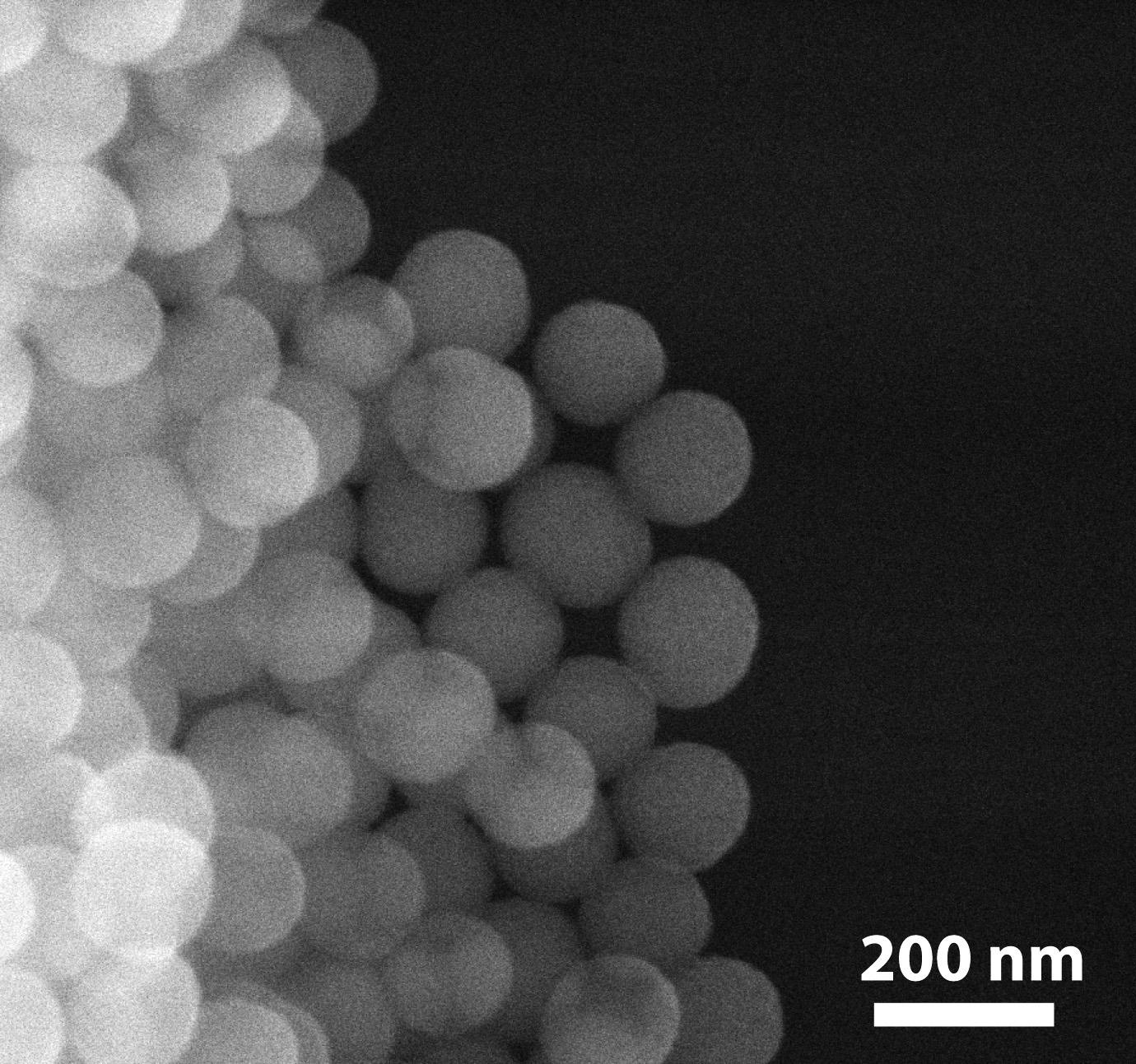Montreux Jazz festival songs preserved in DNA

Two songs recorded at the Montreux Jazz Festival – considered items of world heritage – have been preserved using an innovative technology for encoding data in DNA strands.
This marks the first time that cultural artefacts granted UNESCOExternal link heritage status have been stored in such a manner.
The method was developed by US company Twist BioscienceExternal link, and was unveiled on Friday at a demonstration created at the EPFL+ECALExternal link lab in Lausanne, as part of its ArtTech Forum.
The two songs are the iconic Tutu by Miles Davis and Smoke on the Water by Deep Purple. Recordings of these works were digitised by the Federal Institute of Technology Lausanne (EPFL) as part of the Montreux Jazz Digital ProjectExternal link.
They are the first to be stored in the form of a DNA sequence that can be subsequently decoded and listened to without any reduction in quality, an EPFL statement saidExternal link.
Nature’s way
The feat was achieved using pioneering technology based on storing information by encoding it in DNA molecules – a mechanism that has been at work in nature for thousands of years.
Electronic data storage involves encoding data in a binary format. DNA works similarly, but is composed of long strings of series of four nucleotides that make up a code. However, DNA’s storage is far more efficient: if all the information on the internet was stored as DNA, it would fit in a shoe box, the EPFL said.
Today’s scientists can create artificial DNA strands, “record” any kind of genetic code on them and then analyse them using a sequencer to reconstruct the original data. DNA also has the advantage of being extremely stable.
The amount of artificial DNA strands needed to record the two songs is invisible to the naked eye. If all 50 years of the Festival’s archives – which are part if UNESCO’s Memory of the World RegisterExternal link – were recorded using DNA strands, the size needed would be the equivalent of a grain of sand.
“Absolute magic”
“Our partnership with EPFL in digitising our archives aims not only at their positive exploration, but also at their preservation for the next generations,” said Thierry Amsallem, president of the Claude Nobs FoundationExternal link.
“By taking part in this pioneering experiment which writes the songs into DNA strands, we can be certain that they will be saved on a medium that will never become obsolete!”
“For us, it means looking into radically new ways of interacting with cultural heritage that can potentially cut across civilizations,” said Nicolas Henchoz, head of the EPFL+ECAL Lab.
American record producer Quincy JonesExternal link added that he was excited about the move. “I’ve been a part of this festivalExternal link for decades and it truly is a magnificent representation of what happens when different cultures unite for the sake of music. Absolute magic. And I’m proud to know that the memory of this special place will never be lost.”

In compliance with the JTI standards
More: SWI swissinfo.ch certified by the Journalism Trust Initiative














You can find an overview of ongoing debates with our journalists here . Please join us!
If you want to start a conversation about a topic raised in this article or want to report factual errors, email us at english@swissinfo.ch.